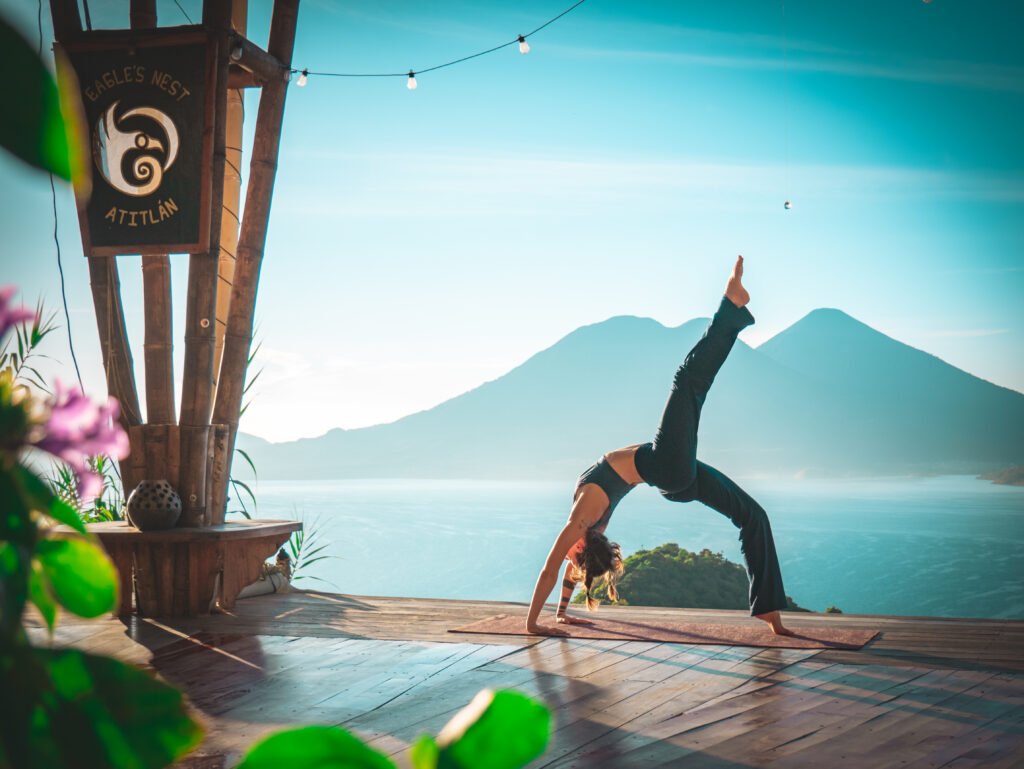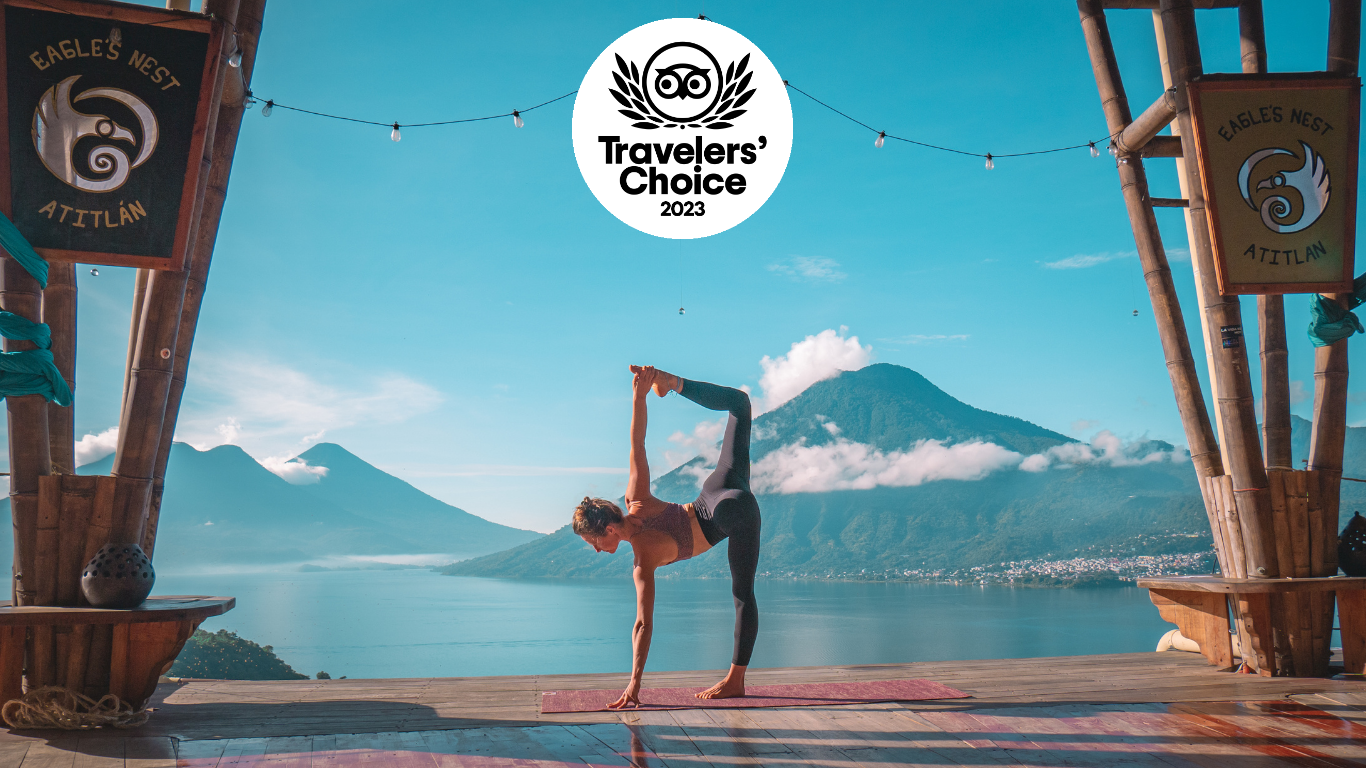Ultimate Guide to the Top 5 Differences: Somatic Yoga vs Traditional Yoga

Defining Somatic Yoga and Its Principles
Somatic Yoga is an innovative approach that combines modern somatic practices with ancient yogic principles to offer a holistic experience for mind and body. At its core, Somatic Yoga focuses on internal physical perception and self-awareness. The practice aims to create a deep connection between mind and body, promoting a sense of wellbeing and healing. Through mindful movements and deep, conscious breathing, practitioners can release stored tension, realign their bodies, and cultivate a sense of self-empowerment.
Origins of Somatic Yoga
The origins of Somatic Yoga can be traced to the mid-20th century, derived from somatic psychology and various rehabilitative practices. Influenced by the work of pioneers like Thomas Hanna and Moshe Feldenkrais, who emphasized the significance of conscious movement, Somatic Yoga came into being as a fusion of these philosophies with traditional yoga disciplines. Initially adopted for therapeutic purposes, it has grown in popularity for its ability to enhance proprioception, physical ease, and overall mental clarity.
Core Techniques and Practices
The techniques of Somatic Yoga involve deliberate, slow, and often subtle movements designed to reestablish functional patterns in the body. Practices typically include pandiculation, a method of stretching and contracting muscles through mindful engagement, and conscious relaxation through breathwork and meditation. Additionally, practitioners use sensory motor retraining to improve movement efficiency. Classes often integrate gentle sequences like Cat-Cow, Pelvic Tilts, and specific joint rotations that invite exploration of movement range without strain.
Traditional Yoga: An Overview
Traditional Yoga is a comprehensive system originating in ancient India that integrates physical, mental, and spiritual practices. Its ultimate aim is the attainment of complete harmony and self-realization through disciplined practices that encompass asanas (postures), pranayama (breath control), and meditation. Unlike Somatic Yoga, Traditional Yoga adheres to well-established doctrines and practices passed down through centuries, grounded deeply in spiritual and philosophical teachings.
History and Evolution
The history of Traditional Yoga dates back over 5,000 years, with roots in the Vedic texts of India. It further evolved through various philosophical texts like the Upanishads, the Bhagavad Gita, and Patanjali’s Yoga Sutras, each contributing its unique perspectives. Over centuries, multiple schools and styles such as Hatha Yoga, Raja Yoga, and Bhakti Yoga emerged, each emphasizing different aspects of the holistic practice. Traditional Yoga has remained steadfast in its primary aim of uniting body, mind, and spirit.
Fundamental Practices and Techniques
Traditional Yoga comprises a multifaceted approach with key practices including asanas, which are physical postures designed to promote strength, flexibility, and mental focus; pranayama, advanced breath control techniques that harness and regulate life-energy (prana); and dhyana, meditative practices aimed at calming the mind and achieving deeper consciousness. Other essential components include ethical guidelines like yamas and niyamas, which provide moral and personal observances for a balanced life.
Comparative Analysis: Somatic Yoga vs Traditional Yoga
Philosophical Differences
The philosophical underpinnings of Somatic Yoga and Traditional Yoga reflect their distinctive focuses. Traditional Yoga, rooted in ancient spiritual and philosophical texts, emphasizes the interconnectedness of body, mind, and spirit, striving for moksha or liberation. Somatic Yoga, on the other hand, is grounded in contemporary somatic psychology, prioritizing bodily awareness and functional movement over spiritual attainment. This divergence reflects in their practices, with Traditional Yoga weaving in spiritual doctrines, while Somatic Yoga centers on self-awareness and physical recovery.
Physical and Mental Benefits
Both Somatic Yoga and Traditional Yoga offer substantial physical and mental benefits, though their methods and effects vary. Somatic Yoga is particularly adept at addressing chronic tension and pain, enhancing muscle coordination, and fostering a heightened sense of bodily awareness. Traditional Yoga, through its rigorous asanas and pranayama, improves strength, flexibility, and respiratory efficiency. Mentally, it offers profound tools for stress reduction, mental clarity, and spiritual growth. While Somatic Yoga tends to be more accessible for individuals seeking physical rehabilitation, Traditional Yoga provides a more comprehensive journey towards holistic well-being.
Choosing the Right Practice for You
Personal Goals and Preferences
Selecting between Somatic Yoga and Traditional Yoga depends on your personal goals and preferences. If your primary aim is to address specific physical ailments or to develop a heightened sense of bodily awareness, Somatic Yoga might be more suitable. Its gentle and mindful approach can be particularly beneficial for those recovering from injuries or looking to improve their movement patterns. Conversely, if you seek to cultivate a balanced life incorporating physical fitness, mental clarity, and spiritual depth, Traditional Yoga presents a more encompassing path. Assess your objectives and what resonates with you to make an informed decision.
Finding the Right Instructor
Finding the right instructor is crucial for both Somatic and Traditional Yoga practices. Look for certified and experienced teachers who understand your needs and can guide you safely through the practices. For Somatic Yoga, seek instructors trained in somatic education who can provide personalized modifications and teach mindful movement techniques. For Traditional Yoga, opt for teachers with a deep understanding of yogic philosophy and a comprehensive knowledge of asanas, pranayama, and meditation. An instructor’s approach and teaching style should align with your learning preference and ensure a supportive environment.

Common Misconceptions
A common misconception about Somatic Yoga is that it lacks the rigor and challenge of Traditional Yoga; however, its effectiveness lies in subtle and mindful movement that can result in profound physical and mental benefits. Another misconception is that Traditional Yoga is solely a physical exercise regime. In reality, it is a deeply spiritual practice aimed at integrating body, mind, and spirit, often regardless of religious beliefs. Understanding these nuances can help choose the appropriate practice for individual needs and expectations.
Expert Insights
Experts suggest integrating elements from both Somatic and Traditional Yoga for a balanced approach to holistic health. Somatic Yoga’s focus on body awareness complements the strength and flexibility developed through Traditional Yoga. Combining mindful movement techniques from Somatic Yoga with the spiritual and philosophical teachings of Traditional Yoga can create a well-rounded practice, nurturing both the physical body and the inner self. Seek advice from seasoned practitioners to explore hybrid practices that cater to your unique requirements.
FAQ: Questions and Answers of somatic yoga vs traditional yoga
How is somatic yoga different than regular yoga?
Somatic yoga differs from regular yoga in its primary focus and methodology. While traditional yoga often emphasizes physical postures (asanas), flexibility, and strength, somatic yoga places a greater emphasis on body awareness and internal experience. Somatic yoga combines elements of mindfulness, guided movements, and conscious breathing to explore the sensory experiences and natural movements of the body. Its intent is to increase mind-body connection and awareness, often using slower, more controlled movements that encourage participants to listen to and feel their bodies rather than pushing for external goals or achievements.
Does somatic yoga really work?
Many practitioners and studies suggest that somatic yoga can be highly effective for various individuals, particularly those experiencing chronic pain, stress, or tension. The gentle and mindful movements can help in releasing deeply held muscular tension, improving posture, and fostering a greater sense of overall well-being. Participants often report greater ease of movement, reduced pain, and an enhanced sense of relaxation. Additionally, its focus on mindfulness and body awareness can have positive impacts on mental health, including reductions in anxiety and improvements in mood.
What is an example of somatic yoga?
An example of somatic yoga is the practice known as ‘Pandiculation,’ which is a natural stretching response seen in humans and animals. In a somatic yoga session, a practitioner might guide you through a series of slow, deliberate movements that mimic the sensation of a full-body yawn or stretch. This involves consciously tightening a muscle group, then very slowly and mindfully releasing it, which helps re-educate the neuromuscular system, enhance body awareness, and release tension. The emphasis is on the internal feel of the movements rather than achieving a perfect external form.
Is somatic yoga the same as restorative yoga?
Somatic yoga and restorative yoga share similarities but are not the same. Restorative yoga focuses on relaxation and stress relief through supportive postures held for extended periods, often using props like bolsters and blankets to fully support the body. This practice aims to facilitate deep relaxation and recovery. On the other hand, somatic yoga, while also gentle and introspective, emphasizes movement exploration and sensory awareness. It prioritizes a mindful connection between the brain and muscles through often smaller, slower, and more controlled movements. Both practices can complement each other, but they offer different approaches and benefits.
Can somatic yoga help with chronic pain?
Somatic yoga can be particularly beneficial for individuals dealing with chronic pain. The practice encourages a deeper awareness of bodily sensations, making it easier to identify and release areas of tension that could be contributing to pain. By engaging in gentle, mindful movements, participants can re-educate their neuromuscular system, potentially alleviating chronic pain patterns. Studies and anecdotal evidence suggest that somatic yoga can lead to significant pain relief and improved quality of life for those with conditions such as fibromyalgia, arthritis, and lower back pain.
How often should you practice somatic yoga?
The frequency of practicing somatic yoga depends on individual goals and needs. However, many practitioners find that practicing two to three times a week can be sufficient to experience noticeable benefits. For those dealing with specific issues like chronic pain or severe stress, daily short sessions may be more beneficial. Consistency is key in somatic yoga, as regular practice helps deepen body awareness and facilitates lasting changes in the neuromuscular system. It is always recommended to listen to your body and adjust the practice according to how you feel.
What are the benefits of combining somatic yoga with other therapies?
Combining somatic yoga with other therapies can amplify its benefits. For example, pairing it with physical therapy can enhance physical rehabilitation by improving body awareness and muscle coordination. When combined with psychological therapies, somatic yoga’s emphasis on mindfulness and relaxation can help reduce anxiety and enhance emotional resilience. These integrative approaches can offer a more holistic treatment, addressing both physical and emotional components of well-being. This combination can be particularly effective for people dealing with trauma, chronic pain, or stress-related conditions.
Can beginners practice somatic yoga?
Somatic yoga is highly accessible for beginners, as it focuses on gentle, mindful movements rather than advanced physical postures. The practice encourages listening to and feeling one’s body, making it suitable for individuals of all fitness levels and ages. Beginners can benefit from the introspective nature of somatic yoga, which emphasizes personal experience over achieving specific poses. Additionally, adjustments and modifications are common in somatic yoga, ensuring that each participant can move at their own pace and comfort level, making it an excellent entry point into the world of yoga.
Summary of somatic yoga vs traditional yoga
In this comprehensive guide, we’ve explored the origins, techniques, benefits, and philosophical underpinnings of Somatic Yoga and Traditional Yoga. Whether you’re looking for physical rehabilitation, spiritual enlightenment, or a balanced combination of mind and body wellness, understanding these practices can help you make an informed choice. With expert insights and a clear comparison, you are now well-equipped to decide which yoga practice aligns best with your personal goals and lifestyle.

Looking for a place to stay? At Eagles Nest Atitlan we offer all inclusive rooms. Take advantage of the yoga classes, delicious traditional food, and breathtaking views that are at your disposal. Book here.



